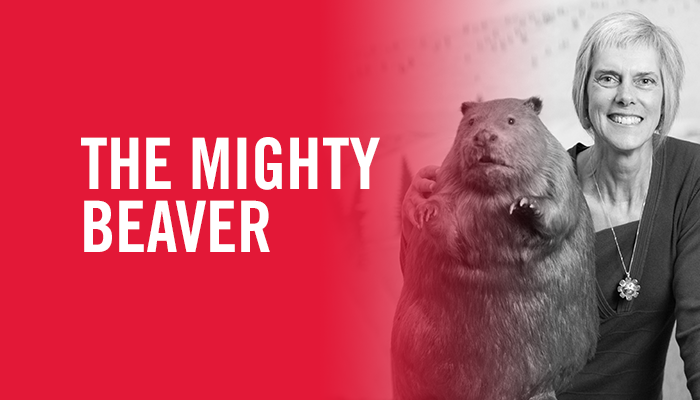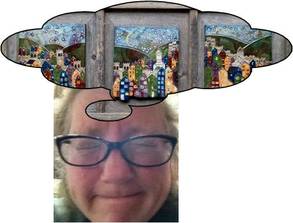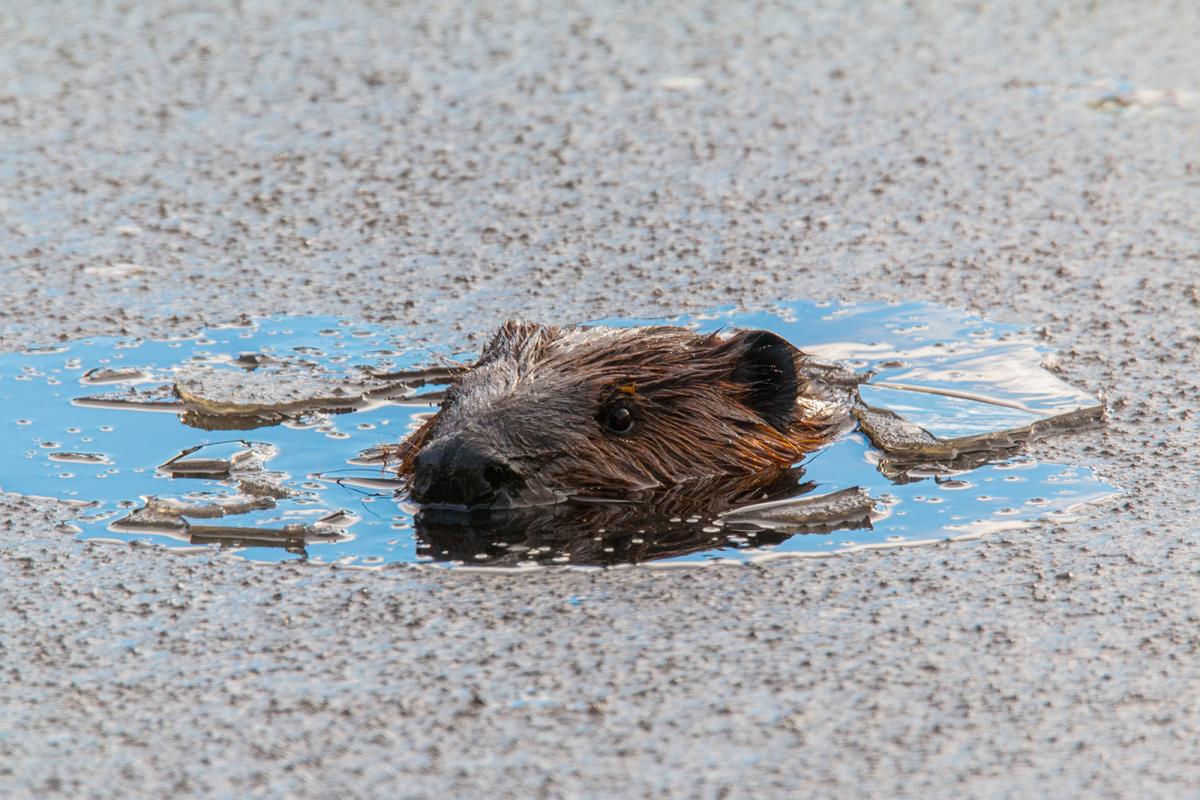 Right now in San Diego they are having a megalith of an international conference on urban wildlife that is gigantic by ordinary human measurements. It is hosted by San Diego State and the SD urban wildlife working group of the Wildlife Society. Lots of our friends are there including Travis Longcore, Beth Pratt and Glynnis Hood. Glynnis is the author of the ‘beaver manifesto’ and the researcher behind all the major beaver research.
Right now in San Diego they are having a megalith of an international conference on urban wildlife that is gigantic by ordinary human measurements. It is hosted by San Diego State and the SD urban wildlife working group of the Wildlife Society. Lots of our friends are there including Travis Longcore, Beth Pratt and Glynnis Hood. Glynnis is the author of the ‘beaver manifesto’ and the researcher behind all the major beaver research.
Guess what Glynnis is presenting on? Go ahead, guess.
What’s old is new again: Cost-effective management of human-beaver conflicts
Glynnis A. Hood, and Varghese Manaloo
Human-wildlife conflicts result in ongoing and costly management by all levels of government. We installed and evaluated 12 pond-levelers to counter flooding by beavers and developed a cost-benefit analysis for these sites in a protected area in Alberta, Canada. We also documented beaver management approaches in municipalities throughout Alberta. Over three years, one pond-leveler site required regular maintenance until we designed a modified pond-leveler; another required minor modifications, and the remaining 10 sites required little to no maintenance.
Installing 12 pondlevelers resulted in a present value (PV) net benefit of $2,680,640 after only three years. A sensitivity analysis, without the contingent valuation included, still resulted in an $81,519 PV net benefit. Municipalities employed up to seven methods to control beavers: with the most common being lethal control and dam removal. Total annual costs for beaver management provided by 48 municipalities and four provincial park districts was $3,139,223; however, cost-accounting was sometimes incomplete which makes this a conservative estimate.
This research has led to further installations and research in a nearby rural municipality (14 pond-levelers) and the city of Camrose, Alberta (2 pond-levelers), where we have seen similar results. Alternative management approaches can provide cost-effective and long-term solutions to human-beaver conflicts in rural and urban areas.
What? Cities save money by installing flow devices rather than constantly trapping? You’re kidding! Of course we’ve been saying this for years but it’s wonderful to have the hard data to back it up.I knew Glynnis was working on research about the success of flow devices in urban areas, but I’m so glad the numbers are in!
 Just in case you’re wondering, Glynnis did hear the Martinez Beaver story at the very first state of the beaver conference I presented at in 20011. She was so famous already then I was afraid to talk to her at the meeting, but as fate would have it we were stuck at the airport together in a log jam and chatted away for an hour before her plane came. She was wonderful of course, and very supportive of our work. I’m so very interested in the presentation she did, and how the topic of ‘urban beavers’ has become so ubiquitous! Their great logo was missing something. So I fixed it.
Just in case you’re wondering, Glynnis did hear the Martinez Beaver story at the very first state of the beaver conference I presented at in 20011. She was so famous already then I was afraid to talk to her at the meeting, but as fate would have it we were stuck at the airport together in a log jam and chatted away for an hour before her plane came. She was wonderful of course, and very supportive of our work. I’m so very interested in the presentation she did, and how the topic of ‘urban beavers’ has become so ubiquitous! Their great logo was missing something. So I fixed it.
You probably never listened to our interview, but you really should.
My only regret is that this conference is taking place in a region hasn’t had urban beavers for more than a century, why couldn’t they hold this conference at the Sierra College in Placer county instead?






 We have some wonderful new auction items to mention this fine sunday morning, and I’m thinking we should start with Jennifer Lovett’s smart book for teens and tweens “
We have some wonderful new auction items to mention this fine sunday morning, and I’m thinking we should start with Jennifer Lovett’s smart book for teens and tweens “ sure she was surprised to hear from me begging at her door but she generously agreed to send me one of the works she had recently fired. The complex technique demands carving the image on wet clay then glazing it into color. You really have to see it in person to understand how the colors, textures and rough barn wood all work together. It’s gorgeous. Doesn’t this need to be on your wall immediately?
sure she was surprised to hear from me begging at her door but she generously agreed to send me one of the works she had recently fired. The complex technique demands carving the image on wet clay then glazing it into color. You really have to see it in person to understand how the colors, textures and rough barn wood all work together. It’s gorgeous. Doesn’t this need to be on your wall immediately?


 It’s almost time for “Bipolar Event Planning” again. (It seems like it gets earlier every year.) Last night I was notified that we got tickets for the
It’s almost time for “Bipolar Event Planning” again. (It seems like it gets earlier every year.) Last night I was notified that we got tickets for the 
 Canada’s national animal has been turning up in some unexpected places lately, and while there are different theories about how exactly the beaver has managed to gain a foothold in the Arctic tundra, a recent report says climate change is likely a factor.
Canada’s national animal has been turning up in some unexpected places lately, and while there are different theories about how exactly the beaver has managed to gain a foothold in the Arctic tundra, a recent report says climate change is likely a factor.




































